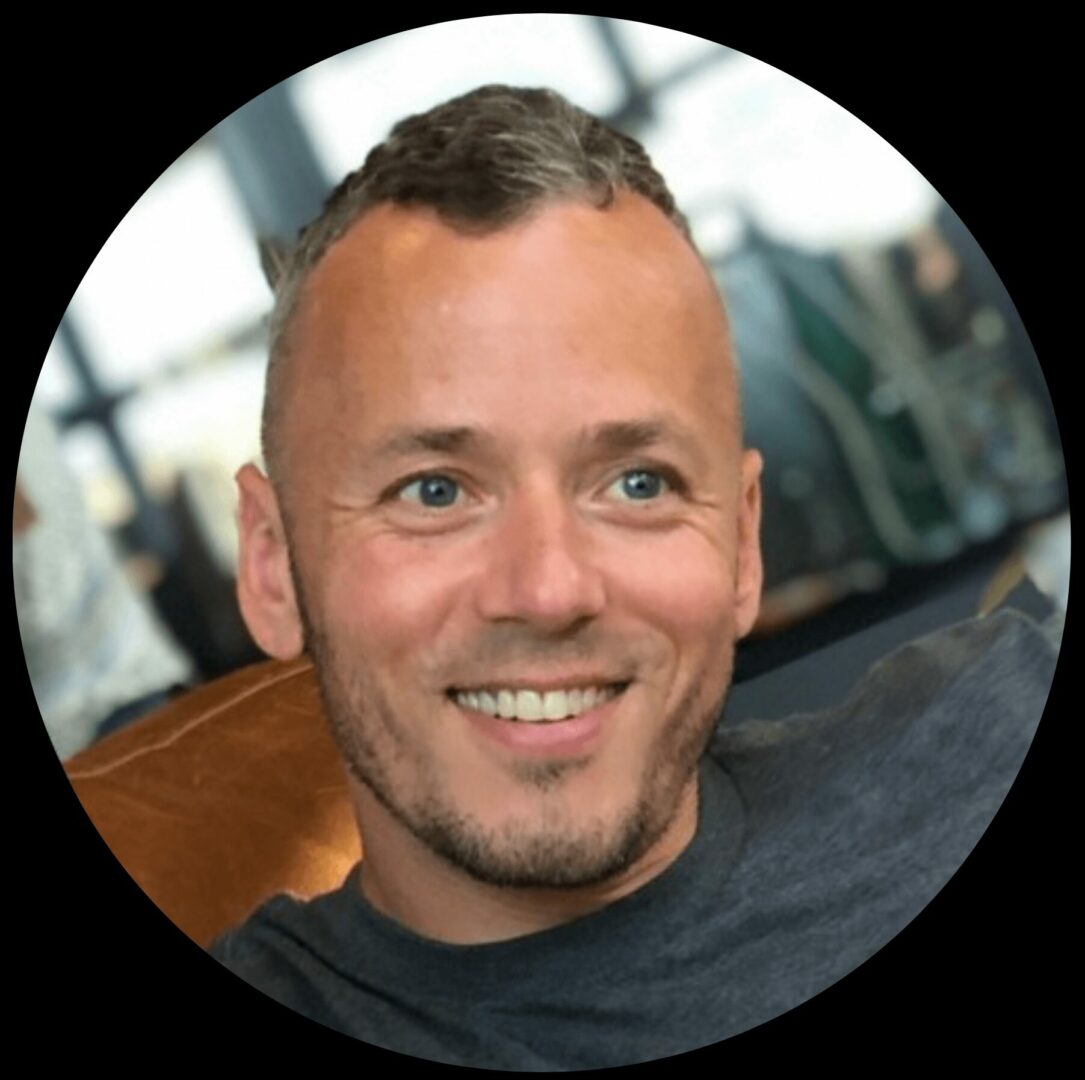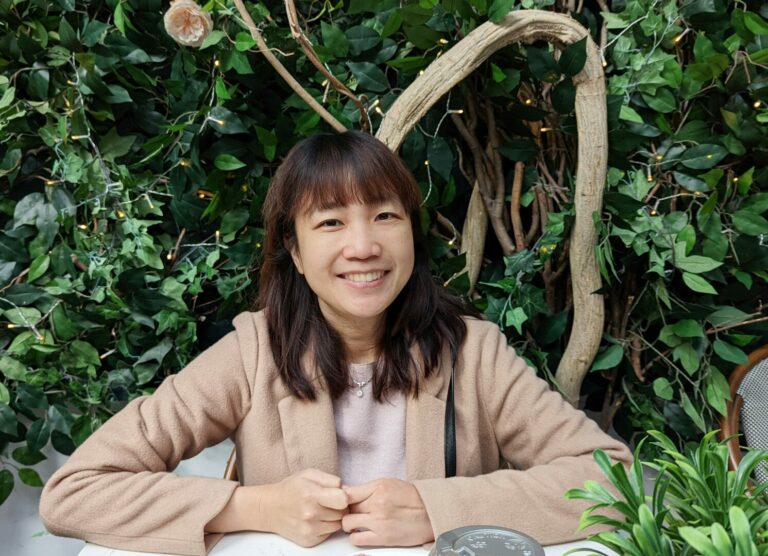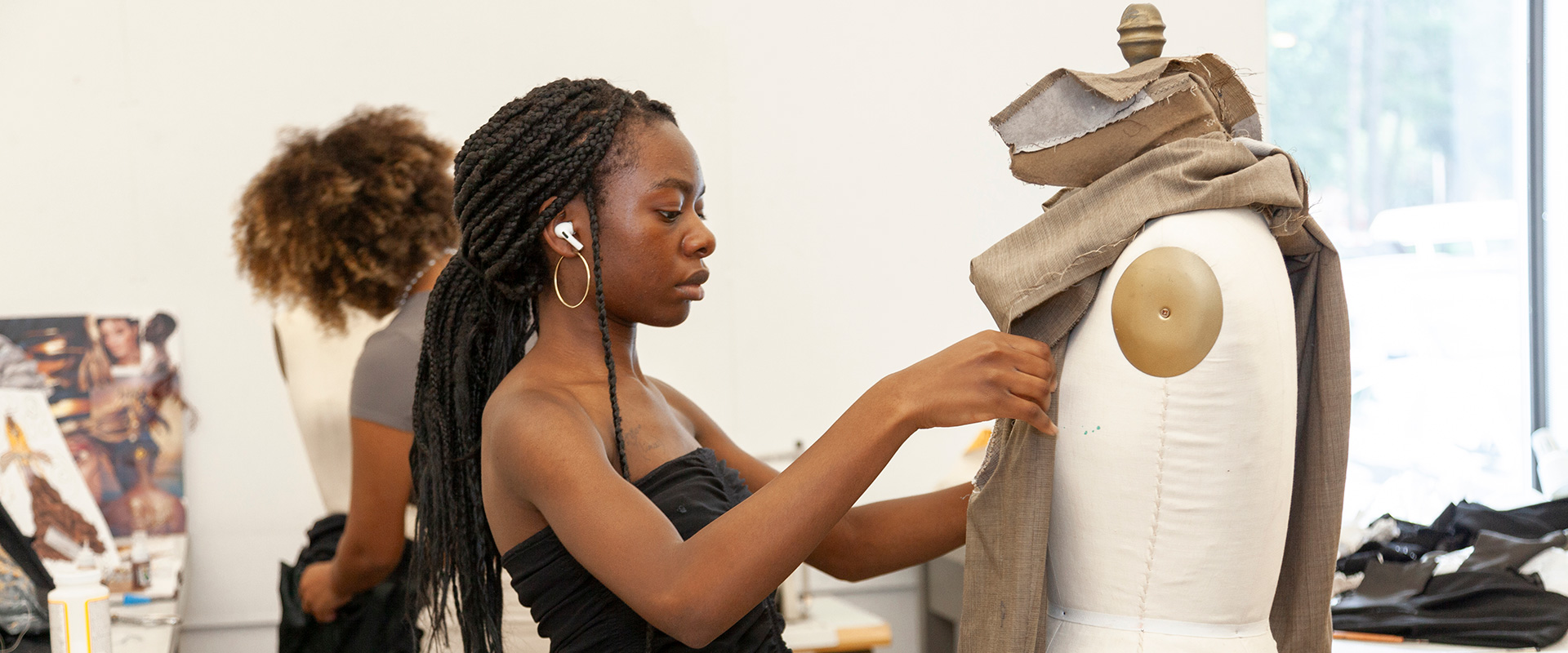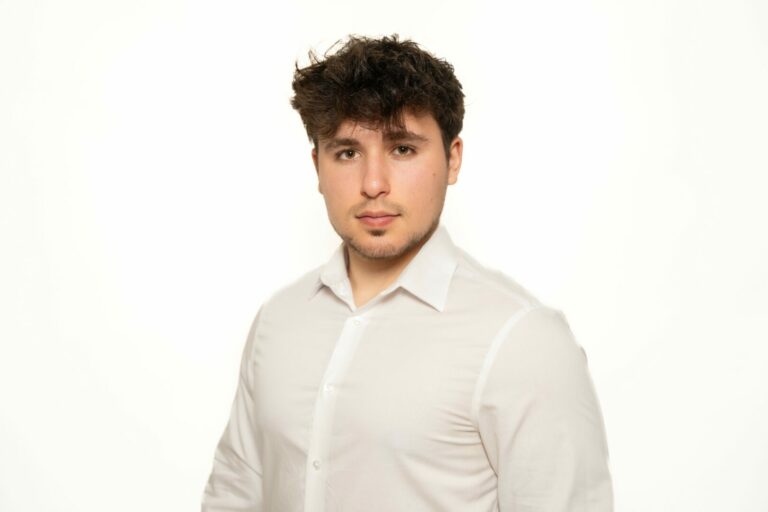We were lucky to catch up with Mark Greenbaum recently and have shared our conversation below.
Mark, looking forward to learning from your journey. You’ve got an amazing story and before we dive into that, let’s start with an important building block. Where do you get your work ethic from?
I attribute my strong work ethic to the values instilled in me by my parents. My father pursued a diverse range of careers—from teaching physics to managing a waste disposal company—demonstrating relentless commitment, even when it meant enduring a three-hour commute each way. My mother, an artist and sign writer, balanced her creative pursuits with long nights of work after her three sons were asleep; she even hand-painted double-decker buses in the UK before the advent of large format printing.
Growing up, my siblings and I learned the value of hard work through everyday responsibilities, whether it was tackling heavy yard work or finding inventive ways to contribute when faced with challenges. Early experiences in a freelance environment further refined my approach, blending natural drive with the powerful lessons of determination and self-belief passed down from my family.
This foundation of perseverance and dedication continues to inspire my professional journey, ensuring that I approach every project with the same passion and commitment that were modeled for me at home.
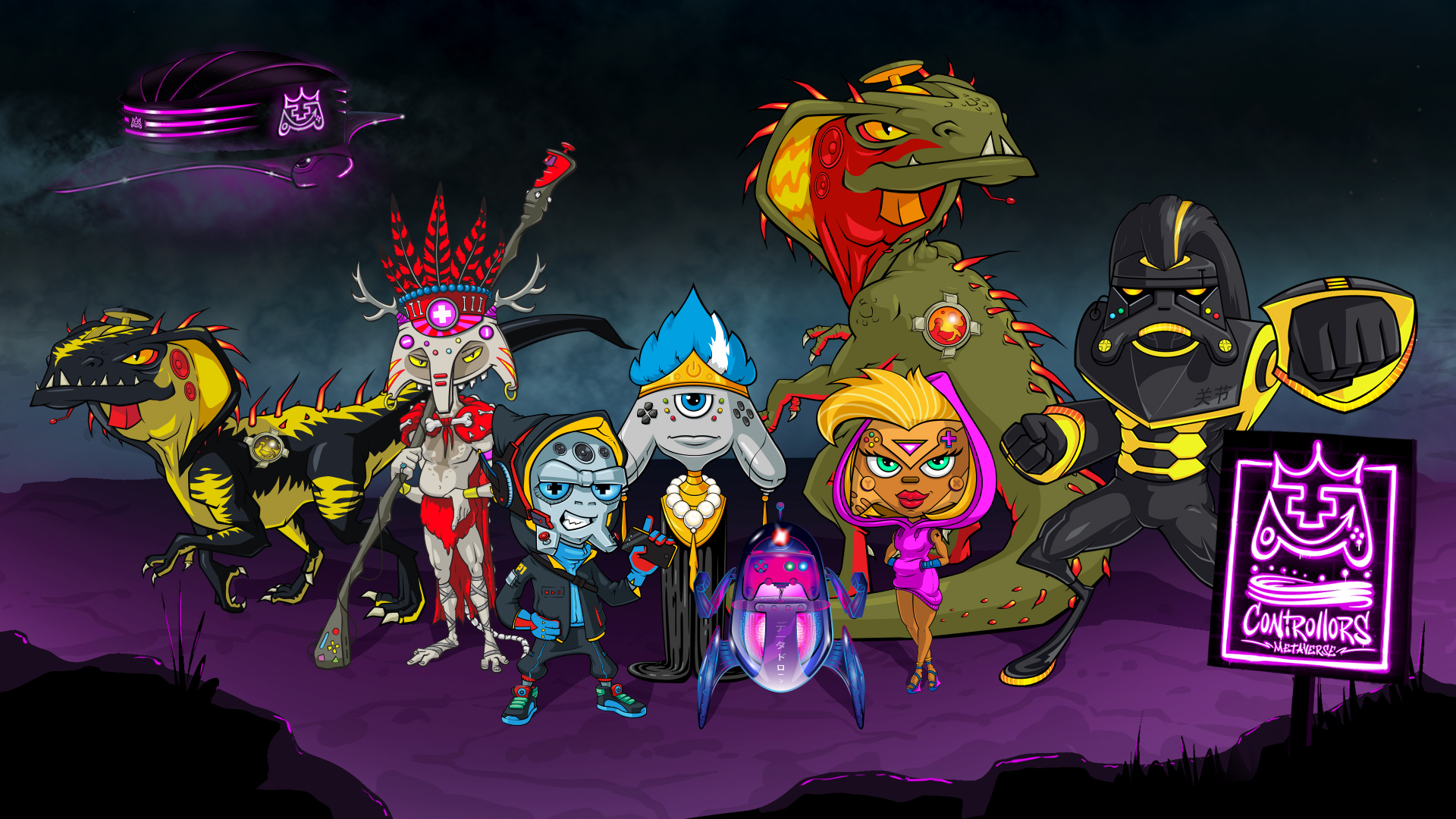
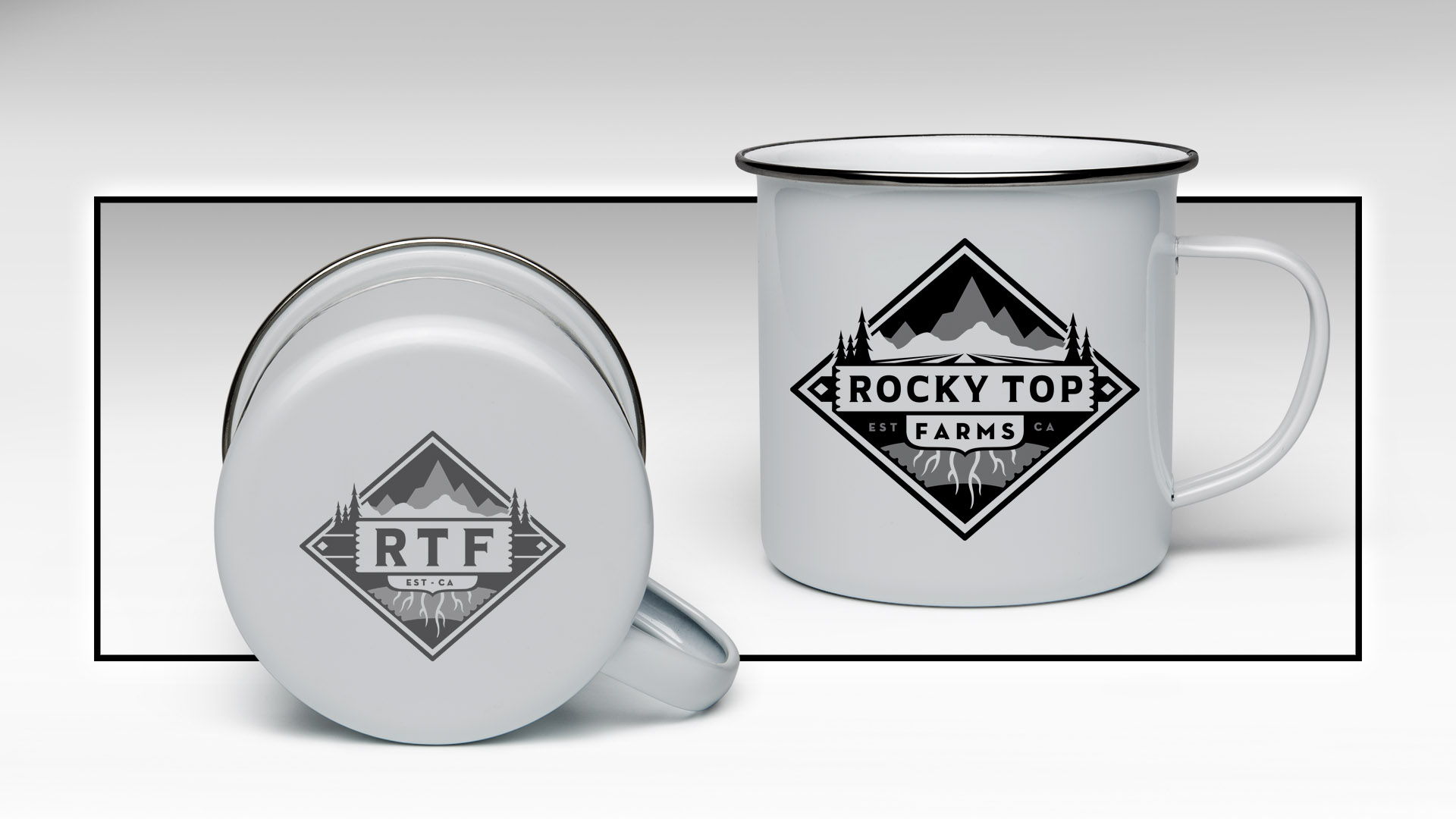
Great, so let’s take a few minutes and cover your story. What should folks know about you and what you do?
I’m a Graphic Designer by trade, but my work spans a range of creative disciplines—from toy invention and character design to photography, animation, storyboarding, creative direction, illustration, and product design. You can explore my diverse portfolio at www.greenbombdesign.com.
This year, I’m excited to be exhibiting at the New York Toy Fair, where I’ll be showcasing a collaboration with Jacob Miles (of Tonka and Kenner Toys). I contributed to the development of his original IP—handling character design, world-building, logo creation, branding, and product design for Controllors. We’re also gearing up to launch a Kickstarter later this year to bring the first three comic books of the series to life.
Among my recent projects, I animated the LED light sequences for a new fidget spinner toy by Awagama, an experience that was both technically challenging and incredibly rewarding to see materialize in the final product.
Currently, I’m finalizing a pitch for an animated TV series in collaboration with Jude Pullen—a creative technologist with experience at Lego and Dyson. Together, we’ve developed a unique intellectual property with engaging character dynamics, and we’ve produced a rough animatic of the title sequence to effectively introduce our concept. It’s a long-held goal of mine to see an animated show picked up, and I remain determined to make that vision a reality.
I’ve also recently completed a toy accessory design project for Super Action Stuff, where I designed over 30 magic-themed 1/12th scale accessories for action figures. In addition, I’m producing instructional videos for commercial sealant applications in large construction projects.
I feel incredibly fortunate to pursue work that I’m passionate about. In today’s competitive creative landscape, I remain as driven as ever to innovate, make my mark on the industry, and inspire future designers.
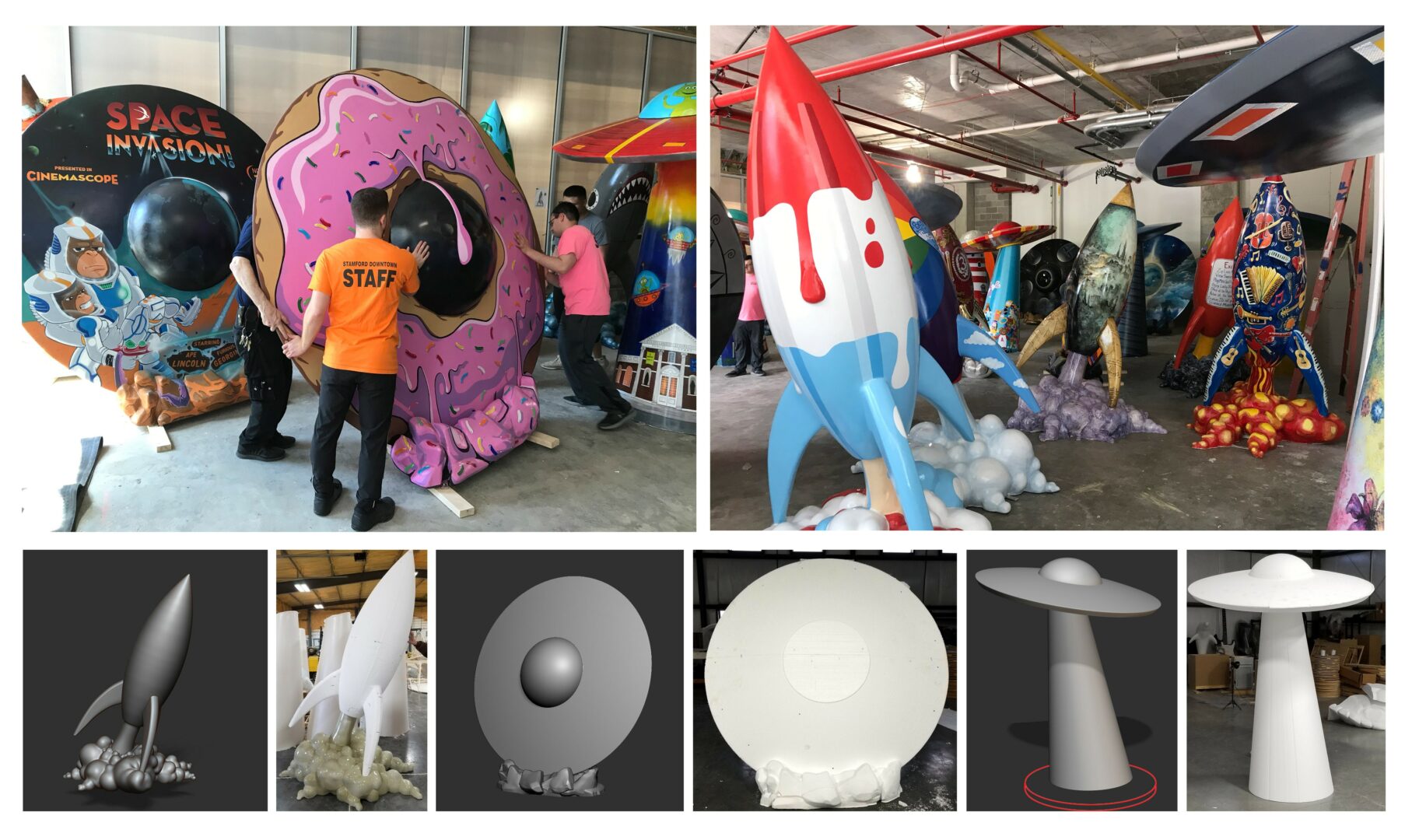
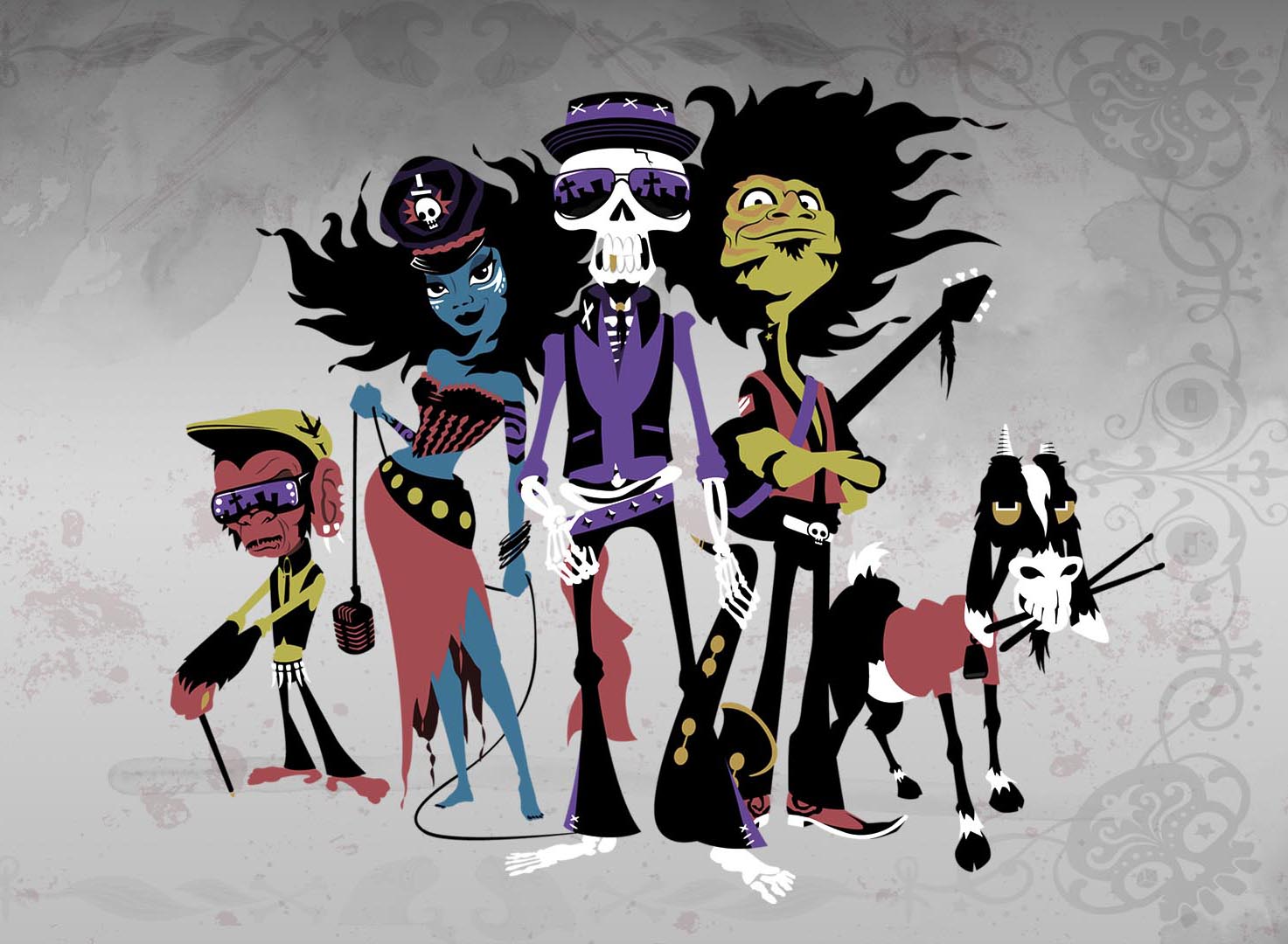
Looking back, what do you think were the three qualities, skills, or areas of knowledge that were most impactful in your journey? What advice do you have for folks who are early in their journey in terms of how they can best develop or improve on these?
1. Embracing Failure as a Catalyst for Growth
I believe that pushing boundaries inevitably leads to setbacks—and that’s a sign you’re challenging yourself. I’ve consistently taken on projects outside my comfort zone, learning from each misstep to refine my skills and deliver the best results I can for my clients. Working as a freelance artist, helped underpin this quality as if I didn’t take the job – I wouldn’t get paid.
2. Mastery of Core Design Principles
A strong foundation in design fundamentals—layout, color theory, line dynamics, form, and lighting—is crucial. This knowledge allows me to art direct projects effectively, understanding why something does or doesn’t work. Many people are using AI without these basic design principles and it shows. Even if you’re using AI generated art you need to guide it using these principles.
3. Promote yourself
You must take a proactive approach to cultivating new business opportunities to help sustain your career, and to avoid the pitfalls of a feast-or-famine cycle. It’s very important to your development to give time to reaching out to others to seek mentorship, collaboration and develop new clients.
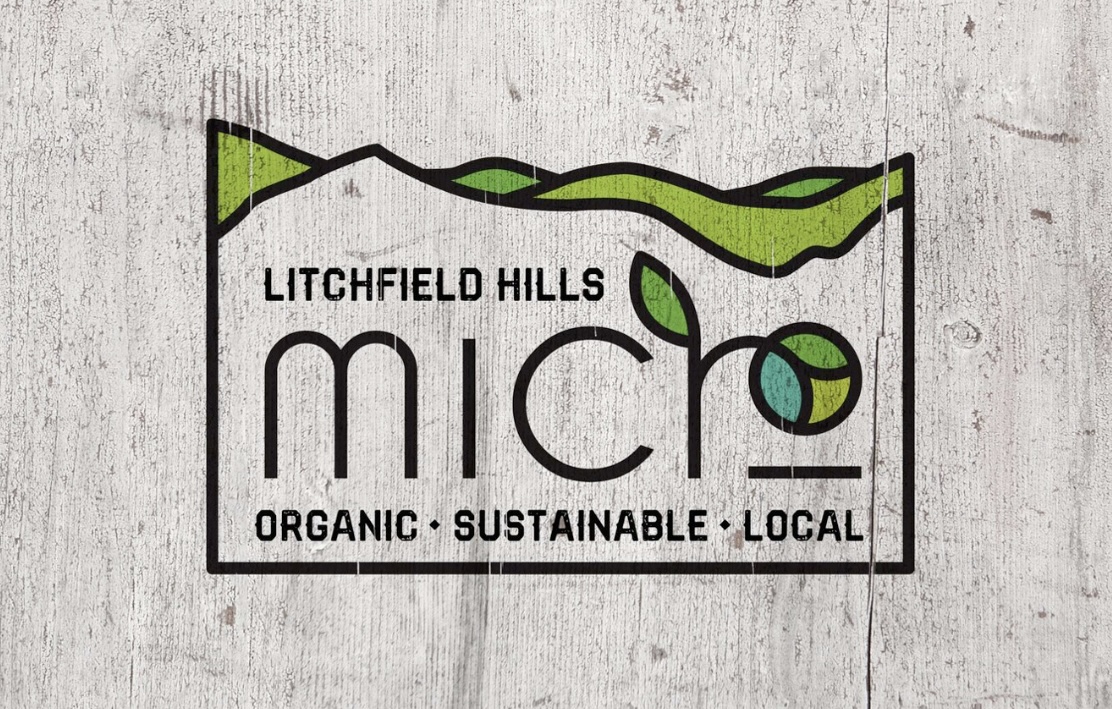
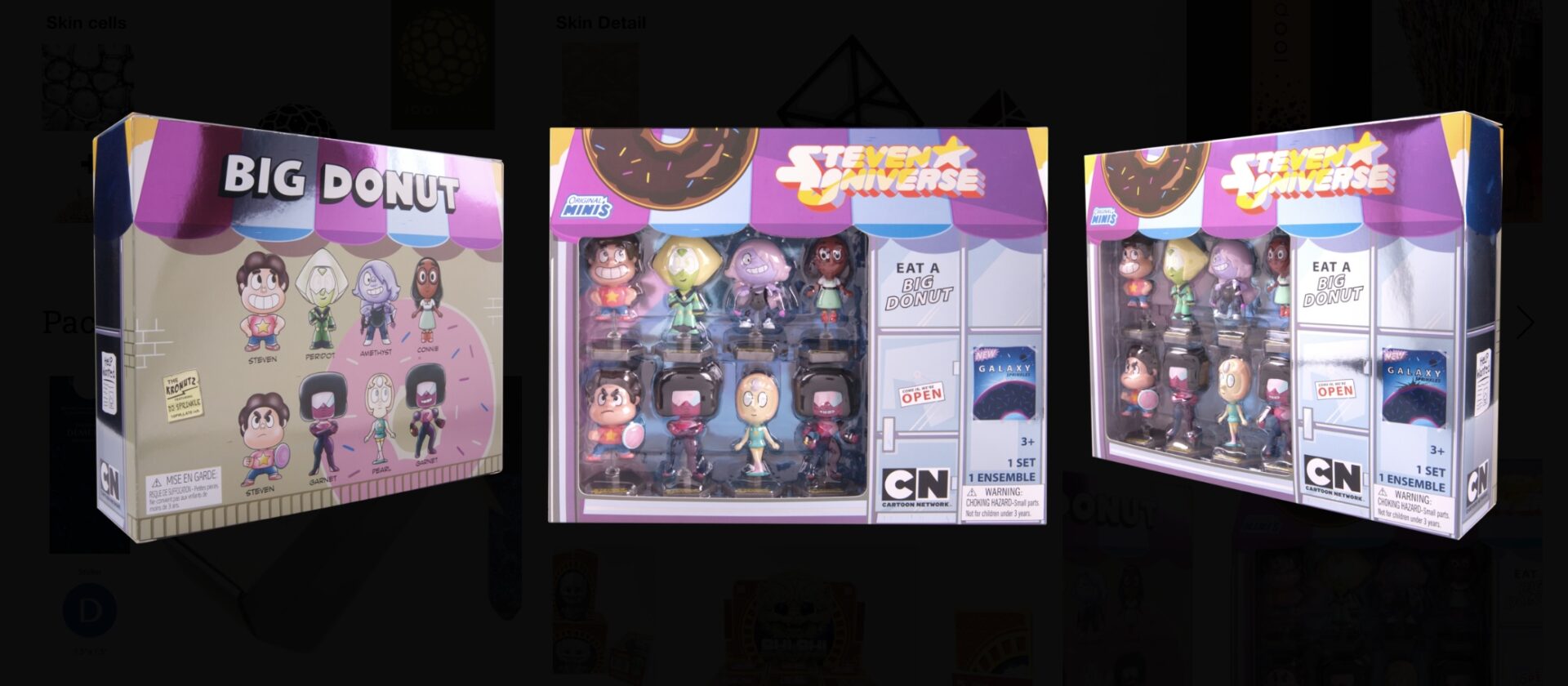
One of our goals is to help like-minded folks with similar goals connect and so before we go we want to ask if you are looking to partner or collab with others – and if so, what would make the ideal collaborator or partner?
As a creative focused on character design and world-building, I’m eager to partner with experienced writers who can add an extra layer of magic to my original intellectual properties. I’m particularly interested in collaborating with individuals who possess a sharp sense of humor, a strong grasp of character dynamics, and the ability to craft engaging plots and story arcs. If your passion for storytelling aligns with my vision, I would love to hear from you. Please feel free to reach out through my website’s contact page at www.greenbombdesign.com to explore how we can bring our creative energies together.
Contact Info:
- Website: https://www.greenbombdesign.com
- Instagram: @greenbomb
- Linkedin: http://linkedin.com/in/greenbaummark
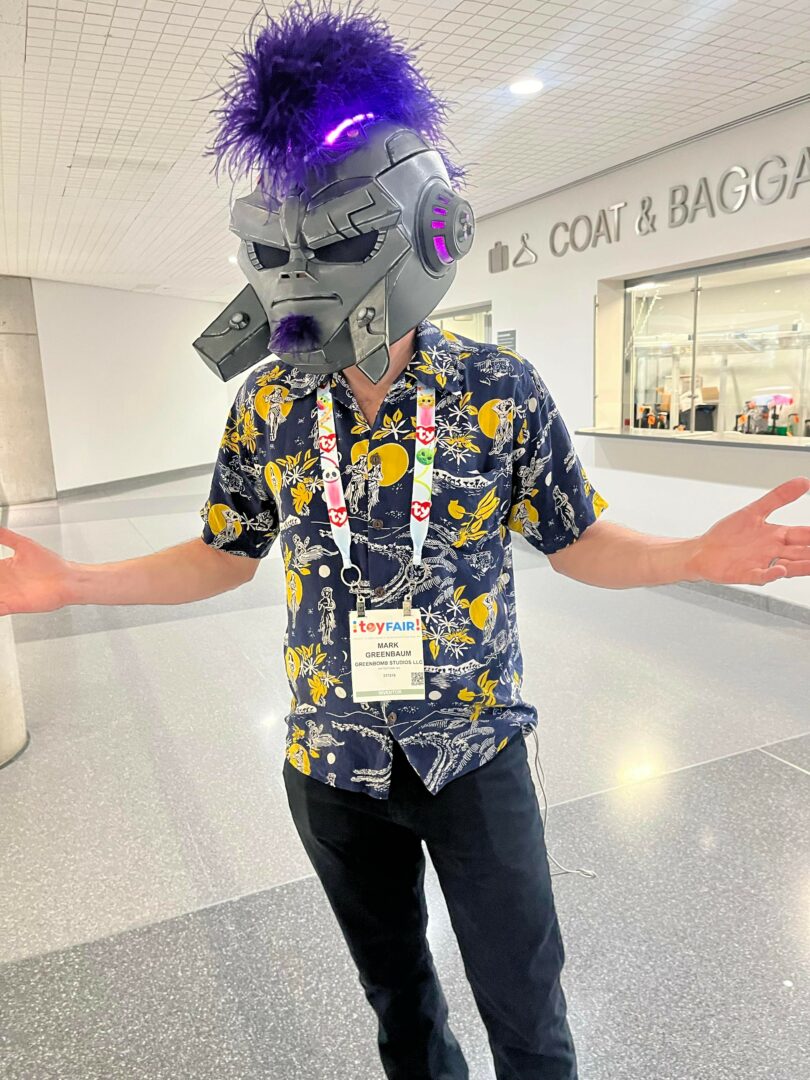
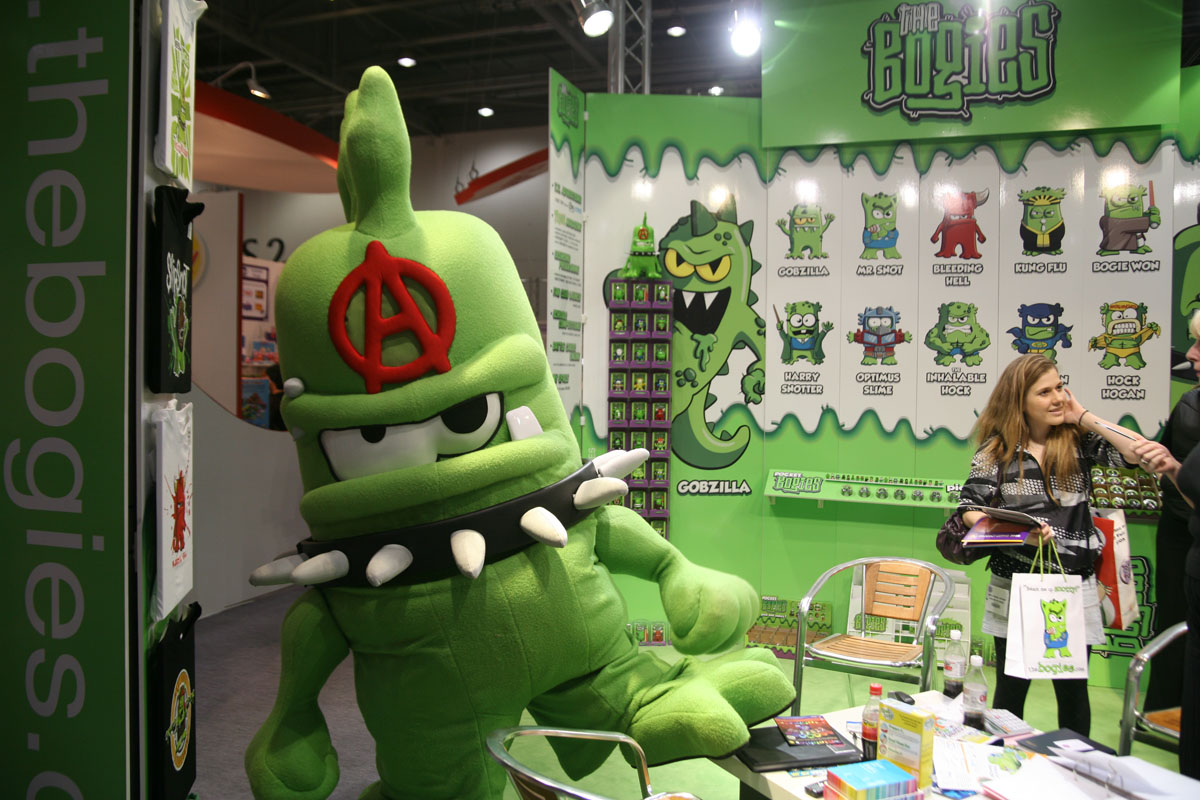
so if you or someone you know deserves recognition please let us know here.

